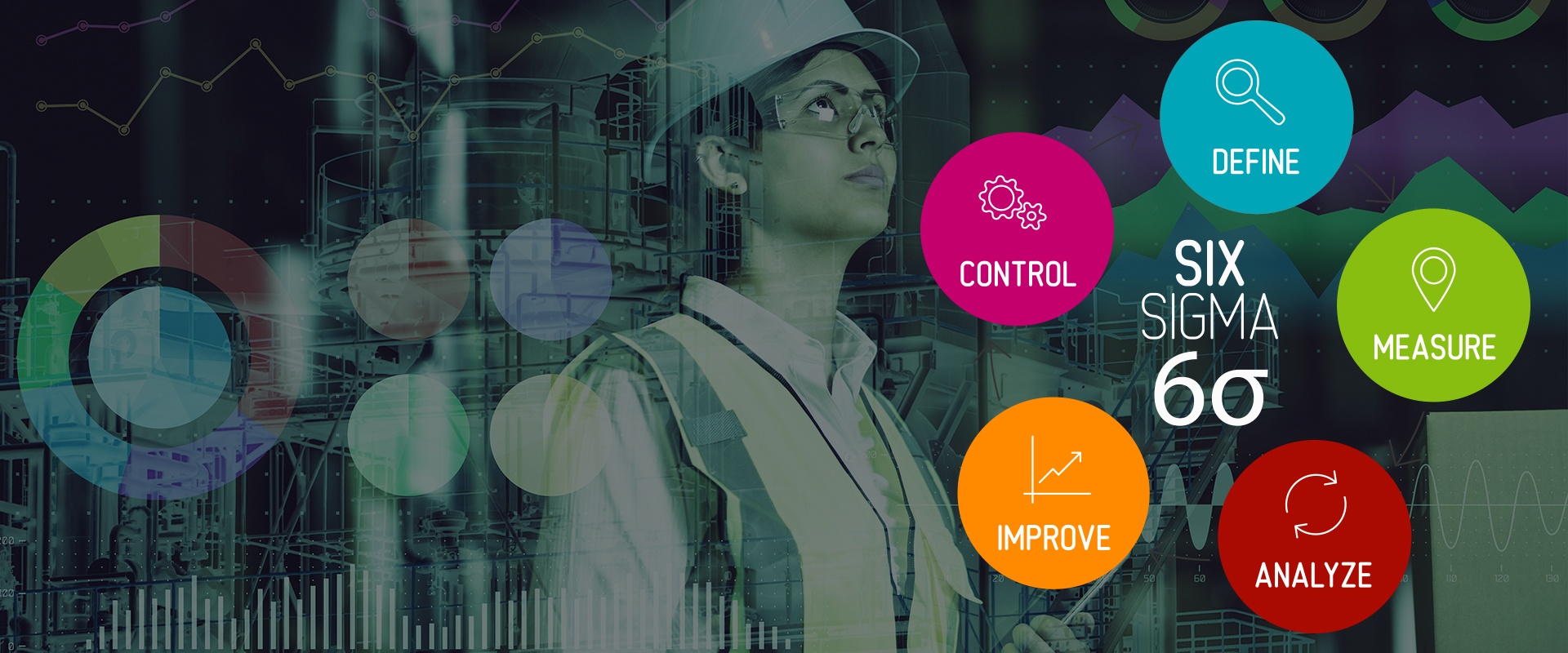You have seen a great improvement in quality through your lean and Six Sigma production programs. Why would you interfere with what works and shake things up by trying to apply the principles of Industry 4.0?
That is a question often asked by manufacturers, and to which there is a good answer. Industry 4.0 does not have to reinvent everything in your processes. In fact, we recommend that our customers start with their Key Performance Indicators (KPIs) and implement a production monitoring solution that provides them with better data on these KPIs.
Real-time tracking of easy-to-read KPIs promotes continuous improvement
We also hear from time to time that Industry 4.0 is so complex that training is required to take part in this advancement. That is not true. You will obviously need technicians for its implementation, but if you have chosen the right solution, the connectivity will eliminate technical barriers rather than add.
Here's an example. Currently, if your managers and operators want to know the performance of a production line, are they able to view average KPIs in seconds? Or do they have to manually perform certain checks and have someone from IT manually perform a special report? With a tracking system that displays KPI information on a screen by synthesizing it in easy-to-read color charts and graphs, operators and other employees in the plant can see real-time status of all displayed KPIs. And the same information can be sent to managers, who will get to view it on their smartphone - a device they are already familiar with. Yes, the configuration of sensors and controllers is technically complex, but a basic monitoring solution can be implemented in just a few hours.
Aggregated data can improve quality for internal customers
Do you know how much time your production cells are losing whole waiting for the previous or next operation? How about being able to track the top five bottlenecks and wait times for each of them in the middle or weekly cycle? Would you be better equipped to take corrective action? Monitoring solutions implemented as part of an Industry 4.0 solution can help spotlight problem areas in production that are difficult to delineate without automatic data collection. Small interruptions may seem normal or part of the routine for an operator, but when added together, the result may reveal a larger problem that needs to be corrected to help the entire production line operate more efficiently.
Use industry 4.0 to increase value for the end customer
We need to think about Industry 4.0 in terms of connectivity and communication. By connecting the factory to the executive offices, you will have up-to-date and better data for your strategic decision-making. For example, by having more data, you will be able to decide when and how to add a greater variety of low volume products to your offer, and to know if such an initiative is relevant. Would customized products represent a competitive advantage if you could produce them more economically? Would you increase your market share by having a more varied product offering and the ability to react more quickly to market demands? Would you be more successful in offering low volume products that would support specific market initiatives? By collecting and analyzing factory data, you can go beyond the estimates and prepare solutions that will support your customer satisfaction and engagement goals.
To learn more about tracking and viewing KPIs, see the Real-Time Dashboard page.







